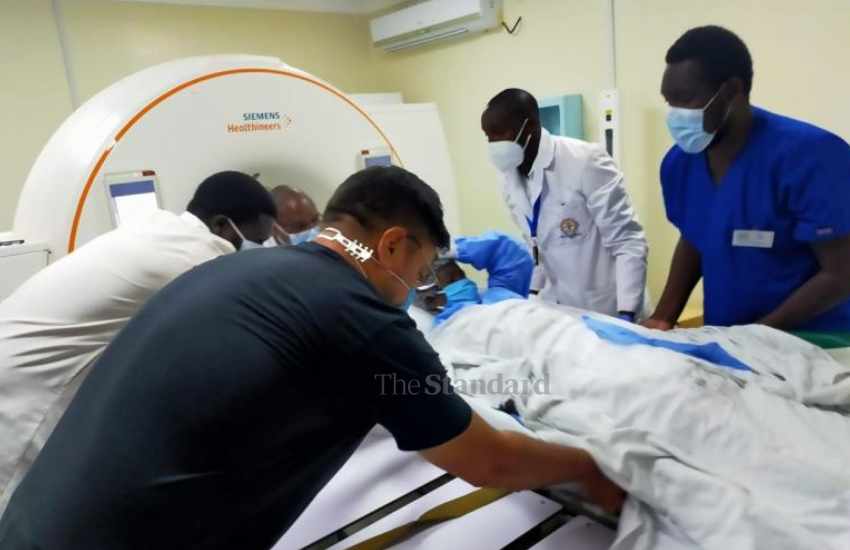×
The Standard e-Paper
Join Thousands Daily

A 57-year-old woman successfully underwent brachytherapy, a type of internal radiation therapy to treat cancer at the Moi Teaching and Referral Hospital (MTRH).
The mother of seven had stage 3b cervical cancer (headed to stage 4) that had spread to the pelvis.